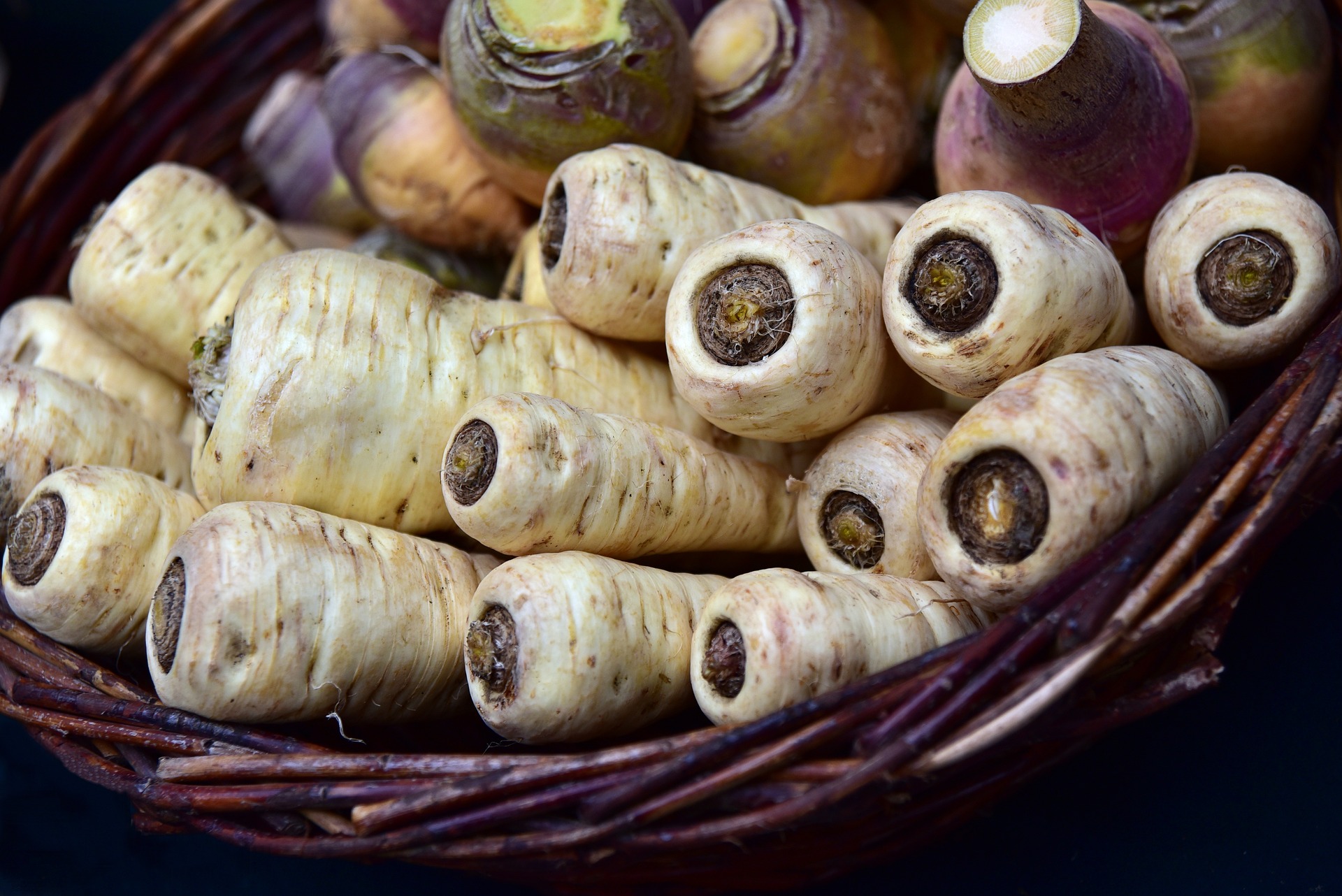
Parsnips can be eaten raw, baked, or fried. It tastes like carrots or celery: very delicate and unusual, sweet and spicy.
When is the best time to plant parsnips
It is necessary to sow parsnip seeds in October, when the first frosts have come. If you did not have time to sow parsnips in the fall, you can do this during the first thaw in February. In both cases, the frost-resistant parsnips will delight you with friendly early shoots that have undergone natural stratification.
How to water parsnips
In the first year, parsnips are watered no more often than after 7-10 days and make sure that moisture soaks the topsoil. The soil should be moist, but not marshy and wet. After watering, be sure to mulch with dry sand or any fine mulch. In the second year, parsnips are watered as needed.
How to fertilize parsnips
For top dressing, you need to use exclusively liquid fertilizers, for example: a solution of mullein (1:10), mineral fertilizers or an infusion of wood ash. When 7–15 days pass after transplanting the parsnip to the garden, it will need to be fed with a nitrogen-containing fertilizer.
Is it possible to transplant parsnips
First of all, it must be borne in mind that parsnips do not tolerate not only transplantation, but even minor damage to the root system. And that is why experienced gardeners strongly recommend growing parsnip seedlings only in separate containers (plastic cassettes or small pots).









